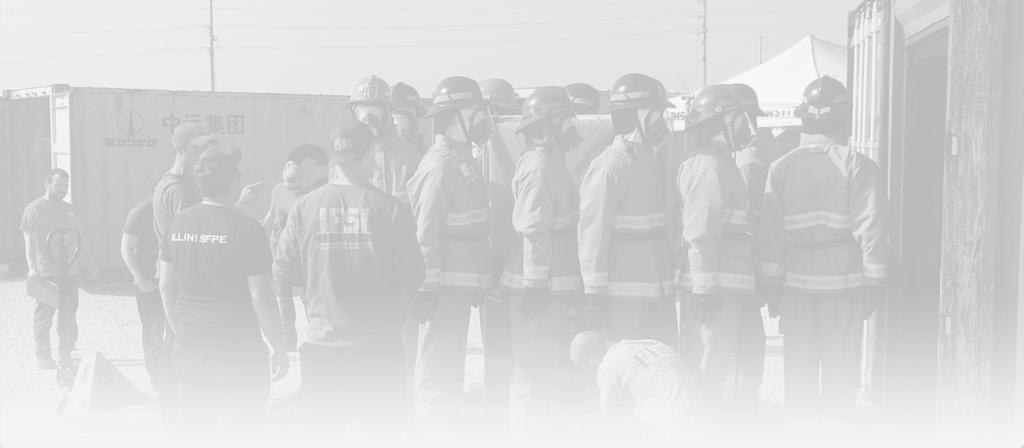
Protection from Chemical, Thermal, and Cardiovascular Risks: Impact of PPE Laundering and Hood Design

- Overview
- Findings
- Updates
- Resources
Overview
This study advances our understanding of PPE protection and the effects of cleaning measures after realistic fire scenarios, then broadly disseminates this critical information to the fire service. Information is collected using the same integrated manner this team has employed in seminal studies to characterize the fireground and training ground risks in the most complete manner to date.
Exposure and Cleaning Test Protocols
Standardized fire conditions & PPE dressed over mannequins:
- Area air sampling
Assess the potential exposure burden to the gear:
- Wipe sampling
- Exterior and interior surfaces of PPE
- Assess deposition/condensation of contaminants onto gear
Skin surrogates on mannequin:
- PPE interfaces
- Barrier degradation may lead to increased penetration/permeation
Interior PPE temperatures:
- Changes in thermal protection
Hood design:
- Specific sampling will be focused on the neck area
Gear is subjected to varying types of cleaning after each exposure:
- Industrial laundering following NFPA 1851 compliant practices
- Gross on-scene decon using water, detergent, and brushing
- No cleaning other than light brushing to remove bulk deposition
An additional series of samples will only be laundered (no exposure) to isolate the impact of regular cleaning.
After cleaning:
- Residual contamination on the exterior and interior surfaces
Destructive and non-destructive testing:
- New PPE
- “Post-10, 20, 40 exposure/cleaning cycles”
NFPA standard tests:
- THL
- TPP
- Seam strength
- Tear strength
- Liquid penetration
- Viral penetration
Context
Live-fire exposures place firefighters at risk for cardiovascular events and cancer. Largely as a result of our previous projects, the US fire service has become acutely aware of the limitations of some components of their PPE and the need to clean PPE after fires. However, there exists no guidance on how often PPE should be laundered vs deconned and how effective PPE cleaning remains after multiple washes. Damage from laundering may also impact safety features that provide critical protection from fireground risks (heat, contaminants). Finally, we have identified the hood as a vulnerable location where contaminants may penetrate PPE. Industry has introduced new technology to address this issue with little scientific study of effectiveness or durability to exposure/laundering.
Objectives
The objective of this project is to collect new data on the impact of both repeated washing and gross on-scene decontamination on removing fireground contaminants and impacting critical protective properties of the PPE. Additionally, the project aims to produce new information regarding the impact of hood design on exposures to heat and chemicals. Most importantly, this information will be made available to all aspects of the fire service and affiliated industries, with translation of scientific findings into easily understood conclusions using widely accessible multimedia tools. As a result of this project, fire and public officials will have access to information that will allow them to implement effective policies for minimizing exposure risks and balancing cardiovascular/thermal strain.
Research Partners
Researcher's Top Picks
Published: January 1, 2017












